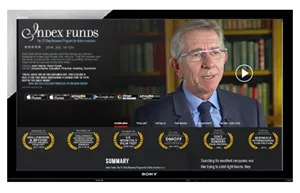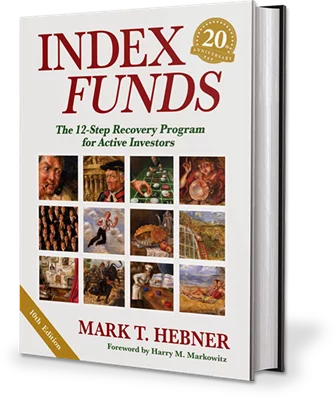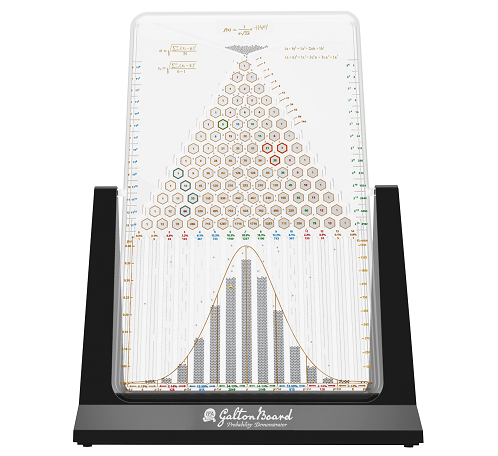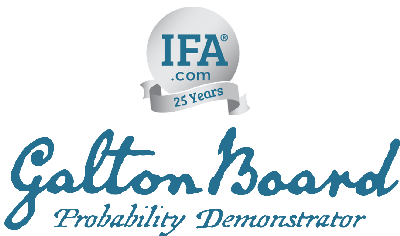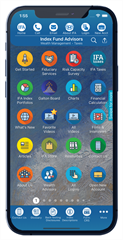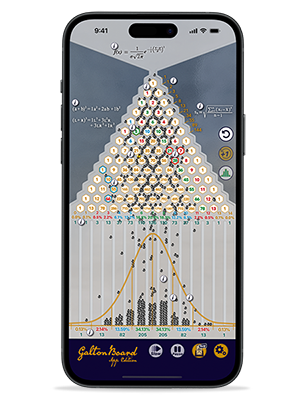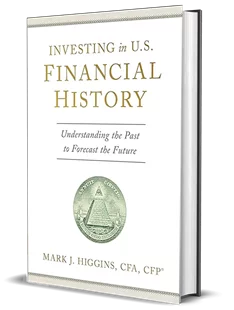Investors tapping into the resources of an established wealth management firm can take advantage of access to institutional-grade mutual funds. These upper-tier share classes typically come with similar (if not identical) holdings as their mom-and-pop cousins. Institutional shares, though, usually require a higher dollar threshold in terms of minimum investment amounts — typically $1 million or more per client.
The advantage of institutional fund shares comes down to costs. In theory, investors are rewarded with lower fund management fees through greater economies-of-scale — i.e., gaining access to share classes catering to larger accounts yet still comprised of multitudes of different investors.
The question, however, often arises: Since institutional shares generally represent lower fund expense ratios, does passive investing lose any luster when compared to actively managed institutional-grade equity mutual funds?
To study such an issue and its implications to fund investors, researchers at S&P Dow Jones Indices have expanded their original SPIVA (S&P Indices Versus Active) Scorecard series to focus on active managers of institutional-grade funds.1 Like its SPIVA sister research, the Institutional Scorecard compares active managers to each fund's respective S&P benchmark. These include institutional fund share classes as well as separately managed accounts and commingled trusts only available to institutional investors.
Using data from the most recent SPIVA Institutional Scorecard, the pie charts below show how many of these managers failed to beat their respective S&P indexes in the past 10 years (through 2023). On a net-of-fees basis, 84.23% of all domestic institutional large-cap equity active managers failed to beat the S&P 500. For all U.S. small-cap funds, 76.64% lagged the respective S&P index. For international equity funds run by institutional managers, 85.22% underperformed their respective S&P index, according to the study.
Below is a second data set presented in this SPIVA Institutional Scorecard analyzing retail-class mutual funds based on figures from the Center for Research in Security Prices (CRSP). Interestingly, the general pattern of underperformance by institutional active managers versus their closest-fit benchmarks still shows up in convincing fashion for non-institutional funds with generally higher expense ratios.
This leads S&P researchers to conclude that:
"underperformance rates over the long term among institutional equity accounts are generally similar to those of mutual funds, with or without fees."
The report highlights this finding as more evidence of how difficult it is for active managers across all equity asset classes to beat their respective benchmarks — whether funds come with slightly lower expense ratios or not. At the same time, S&P's researchers did discover "generally higher underperformance rates among (retail) mutual funds than among institutional accounts, both before and after fees."
It's also significant to note that since institutional funds are a smaller marketplace, S&P researchers were forced to rely in large part on eVestment's database. Its information was supplied directly by active fund managers themselves. "Importantly, unlike publicly traded mutual fund performance data, data from eVestment rely on self-reporting by managers," noted the Institutional Scorecard's authors. "Not all institutional account managers report both gross-of-fees and net-of-fees returns, so it is arithmetically possible, for example, that average net-of-fees returns might appear to be higher than their gross-of-fees counterpart."
In fact, the Scorecard's researchers relate that more institutional-grade active funds provided results on a "gross" fees basis than a "net-of-fees" measure. That's an important distinction and brings up another way that active management can blur these types of benchmarking efforts.
To their credit, S&P's researchers do breakdown results of managers who reported returns based on a net-of-fees basis from those only providing gross performance numbers. They also take into account "survivorship bias" when correlating data. This is a common industry practice where funds are merged or closed, thereby scrubbing lagging active performance metrics from the view of less observant researchers.
As with past annual SPIVA reports, this institutional version is another sobering check of active management's unfulfilled promises. Along with a wealth of evidence by academic luminaries — including Eugene Fama, Kenneth French and Harry Markowitz, to name just a few — this latest S&P study highlights the importance of sticking with a globally diversified and passively managed portfolio of index funds.
Footnote:
1.) S&P Dow Jones Indices, "SPIVA Institutional Scorecard," July 12, 2023.
This is not to be construed as an offer, solicitation, recommendation, or endorsement of any particular security, product or service. There is no guarantee investment strategies will be successful. Investing involves risks, including possible loss of principal. IFA Index Portfolios are recommended based on time horizon and risk tolerance. Take the IFA Risk Capacity Survey (www.ifa.com/survey) to determine which portfolio captures the right mix of stock and bond funds best suited to you. For more information about Index Fund Advisors, Inc, please review our brochure at https://www.adviserinfo.sec.gov/




